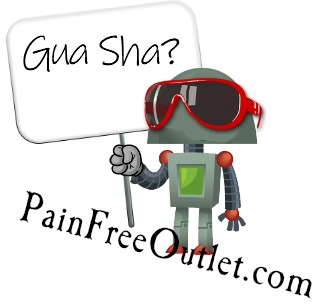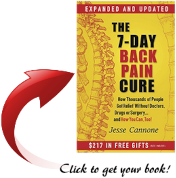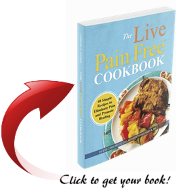Today’s article explores the scientific evidence supporting the value of Gua Sha therapy, including studies on its effects on circulation, pain relief, inflammation reduction and the fascia. Upfront, though, I want to let you know that I am not a medical professional, and what follows is not medical advice. However, it is my hope that is article will help you with your deep dive into this topic to better understand the physiological mechanisms behind Gua Sha’s claimed benefits.

Gua Sha therapy is an ancient Chinese healing technique that involves scraping the skin with a massage tool to improve circulation and promote healing. While there is anecdotal evidence supporting its effectiveness, scientific research on Gua Sha therapy is still relatively limited compared to other forms of therapy. However, some studies have investigated its effects on circulation, pain relief, and inflammation reduction. Here are a few findings:
- Circulation: One study listed on the ScienceDirect web site investigated the effects of Gua Sha on microcirculation in healthy volunteers. The researchers found that Gua Sha therapy increased surface microcirculation, suggesting improved blood flow to the treated areas.
- Pain Relief: A study listed on the PubMed web site examined the effects of Gua Sha therapy on chronic neck pain. The researchers found that participants who received Gua Sha therapy experienced significant reductions in pain intensity compared to those who did not receive treatment. However, the exact mechanism by which Gua Sha reduces pain is still not fully understood.
- Inflammation Reduction: While there is less direct evidence on the anti-inflammatory effects of Gua Sha, some studies suggest that it may help reduce inflammation. A study listed on PubMed website suggested that Gua Sha may offer more long-lasting anti-inflammatory effects for pain relief and improved mobility in elderly patients with chronic low back pain.
- Myofascial Pain Syndrome: While not specifically focused on Gua Sha, research on myofascial pain syndrome (MPS) suggests that manual therapies like Gua Sha may have beneficial effects on fascial tissues. The Cleveland Clinic implies that Gua Sha, when targeting the fascia, could relieve musculoskeletal problems.

It is important to note that more research is needed to fully understand the mechanisms and effectiveness of Gua Sha therapy. Additionally, individual responses to Gua Sha may vary, and it is essential to consult with a qualified healthcare professional before trying any new therapy, especially if you have underlying health conditions.
To Your Success & Freedom,
Glenn Shimabukuro



